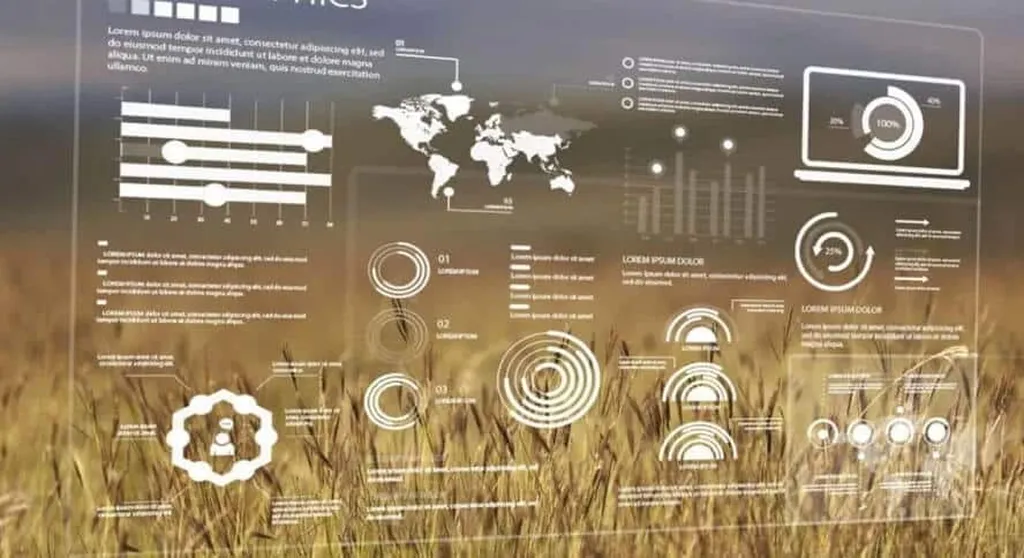In the ever-evolving landscape of agriculture, a silent revolution is taking root, driven by the twin engines of artificial intelligence (AI) and the Internet of Things (IoT). A recent study published in *Advances in Agriculture* sheds light on the transformative potential of these technologies, offering a glimpse into a future where farms are smarter, more efficient, and better equipped to meet the challenges of a changing world.
The research, led by Mahidur R. Sarker of the Institute of Visual Informatics, delves into the rapid advancements in agricultural automation (AA) over the past decade. With a bibliometric analysis of 3404 publications, the study reveals a staggering 402% growth in research output, underscoring the accelerating pace of innovation in this field. China and the United States emerge as leaders, contributing 18.21% and 13.82% of the research respectively, while Europe’s comparatively lower contribution hints at untapped potential for collaboration and growth.
At the heart of this agricultural revolution are IoT-enabled sensors and AI-powered data analytics. These technologies are not just buzzwords; they are practical tools addressing real-time agricultural issues. For instance, IoT-enabled precision irrigation systems have demonstrated water savings of 20% to 30%, a critical advancement in an era of increasing water scarcity. Meanwhile, autonomous machinery is reducing labor requirements by up to 25%, a boon for farmers grappling with labor shortages.
The study also highlights the impressive accuracy of AI models in predicting crop yields and detecting plant diseases. Long Short-Term Memory (LSTM) models, for instance, have achieved up to 97% accuracy in yield prediction based on time-series data. Convolutional neural networks, on the other hand, have reached 90% to 99% accuracy in image-based plant disease detection. These advancements are not just impressive; they are game-changing, offering farmers unprecedented insights into their crops and enabling them to make data-driven decisions.
Looking ahead, the study anticipates significant future advancements, including enhanced energy-efficient IoT devices and the integration of robotics in farming. These developments could further revolutionize the agriculture sector, making farms more efficient, sustainable, and resilient.
As Mahidur R. Sarker notes, “The integration of AI and IoT in agriculture is not just about improving efficiency; it’s about creating a sustainable future for farming.” This sentiment encapsulates the essence of the study, which serves as a valuable resource for policymakers, researchers, and industry stakeholders aiming to accelerate the adoption of these technologies.
In the words of the lead author, the study provides a comprehensive review of the literature and identifies gaps in current research, paving the way for future innovations. As we stand on the brink of this agricultural revolution, one thing is clear: the future of farming is not just about growing crops; it’s about growing smarter.

